The Atomic Bomb Dome
Table of Contents
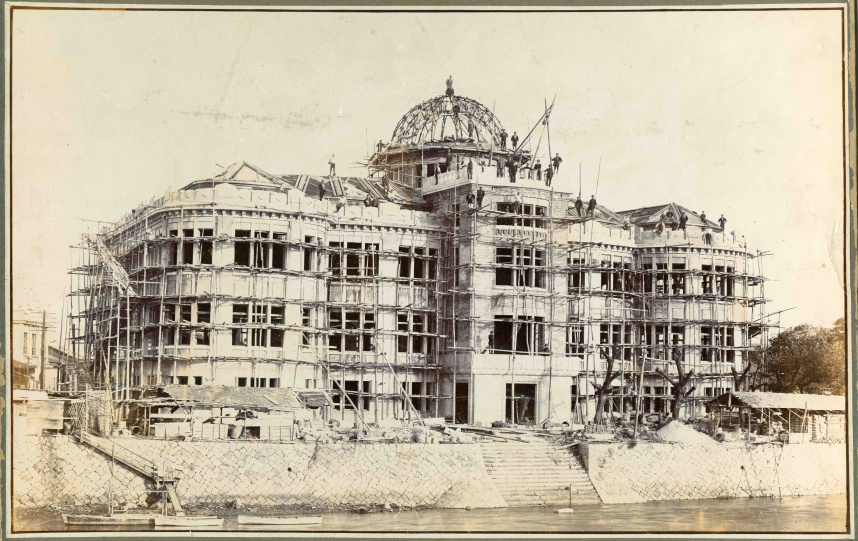
(提供 広島市公文書館)
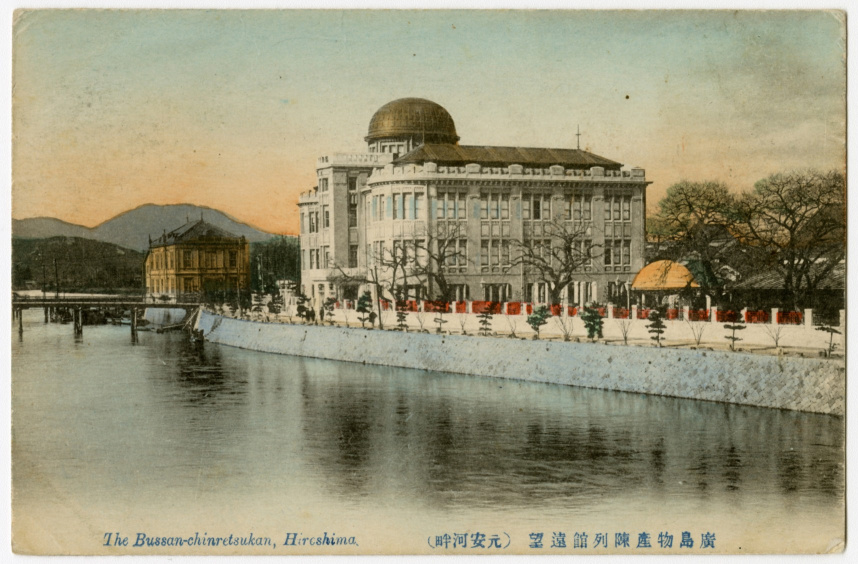
(提供 広島市公文書館)
Completed in April 1915, the Hiroshima Prefectural Commerce Exhibition Hall was an architectural masterpiece of brick and partially-reinforced steel designed by Czech architect Jan Letzel, adorned with a magnificent oval-shaped copper dome.
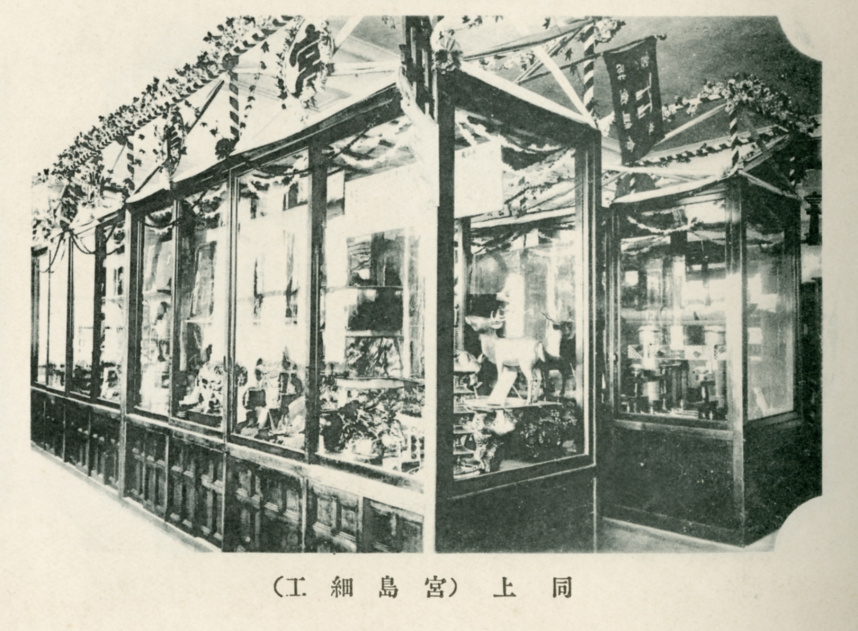
(提供 広島市公文書館)
Renowned for its European design, the Exhibition Hall quickly became a Hiroshima landmark used for displaying and selling local goods, art exhibitions, expositions, and more. In 1933, it was renamed the Hiroshima Prefectural Industrial Promotion Hall.
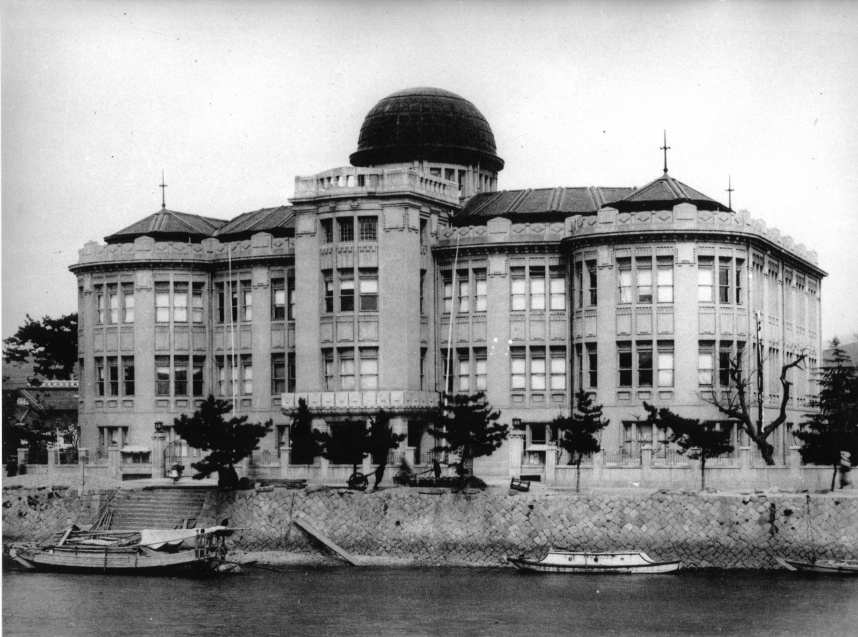
(Courtesy of Hiroshima Peace Memorial Museum)
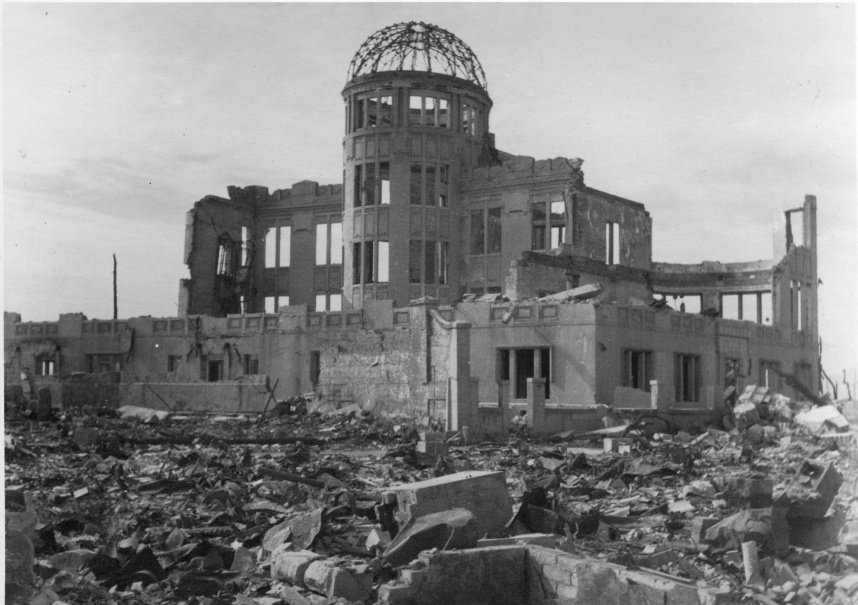
(Photo by Kazuma Hayashi/ Courtesy of Association of the Photographers of the Atomic (Bomb) Destruction of Hiroshima)
August 6, 1945 -- at 8:15 am, a single atomic bomb instantly rendered the buildings in downtown Hiroshima to rubble and ash. The Hiroshima Prefectural Industrial Hall, a mere 160 meters from the hypocenter, was severely impacted by both the initial blast and heat rays, concentrated, high-powered rays of thermal energy, which melted the copper covering the dome and set the entire roof ablaze. The bomb exploded just above the dome of the building, funneling the blast through the melted dome and into the interior, gutting the inside but sparing the walls you see today. No one in or around the building escaped alive.
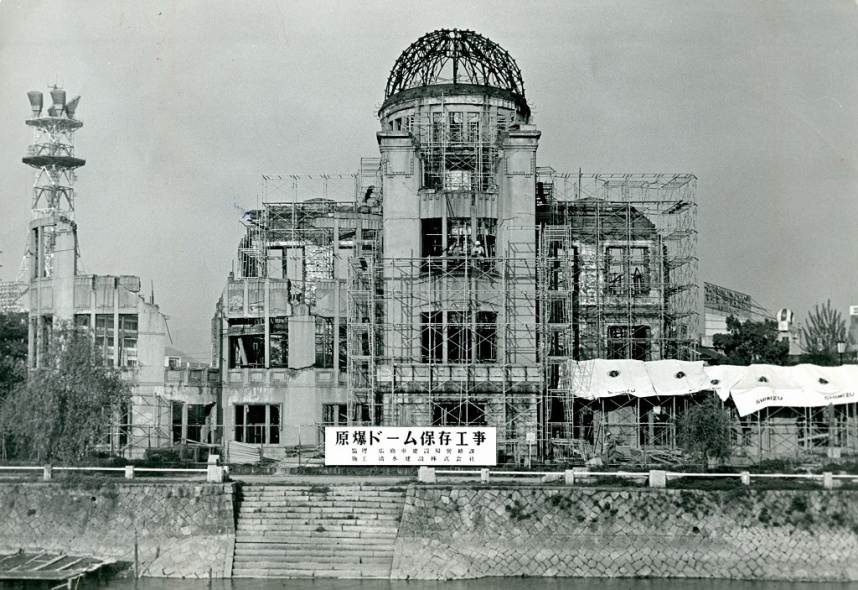
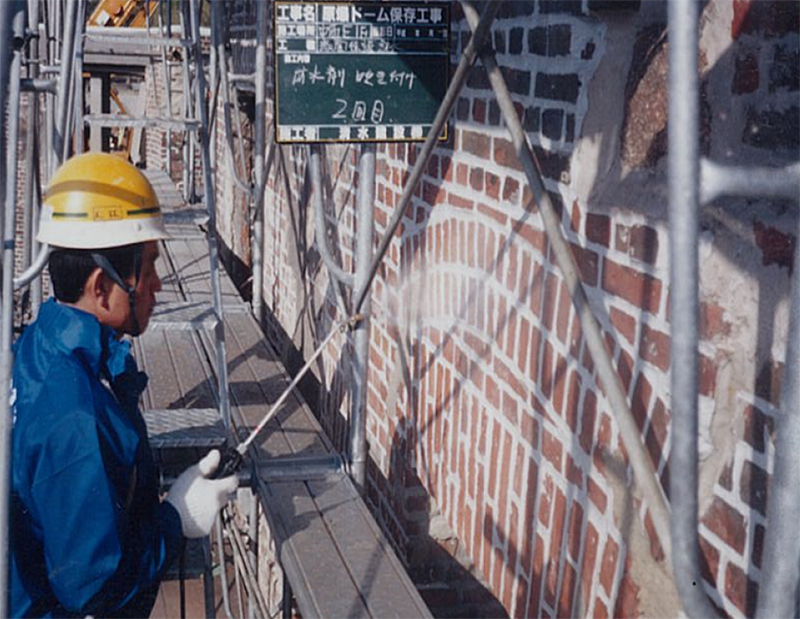
After the end of WWII, the dome, now merely a skeleton of bare steel framework, came to be called the Atomic Bomb Dome, a name born of the citizens of Hiroshima. Residents appealed for the preservation of the Dome as a raw example of the sheer destructive power and horror of nuclear weapons, and in 1967, their voices were heard and preservation of the Dome began. Preservation and maintenance efforts would continue in 1989, 2002, and 2015.
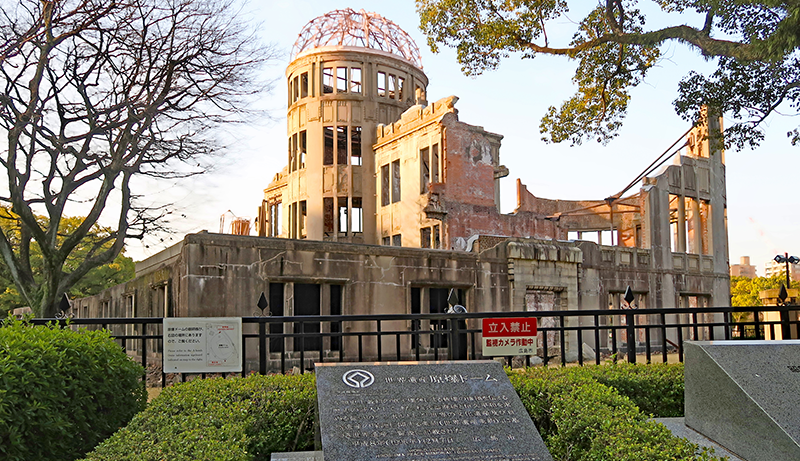
At the December 1996 UNESCO World Heritage Committee Meeting in Mérida, Mexico, the Atomic Bomb Dome became an official World Heritage Site.